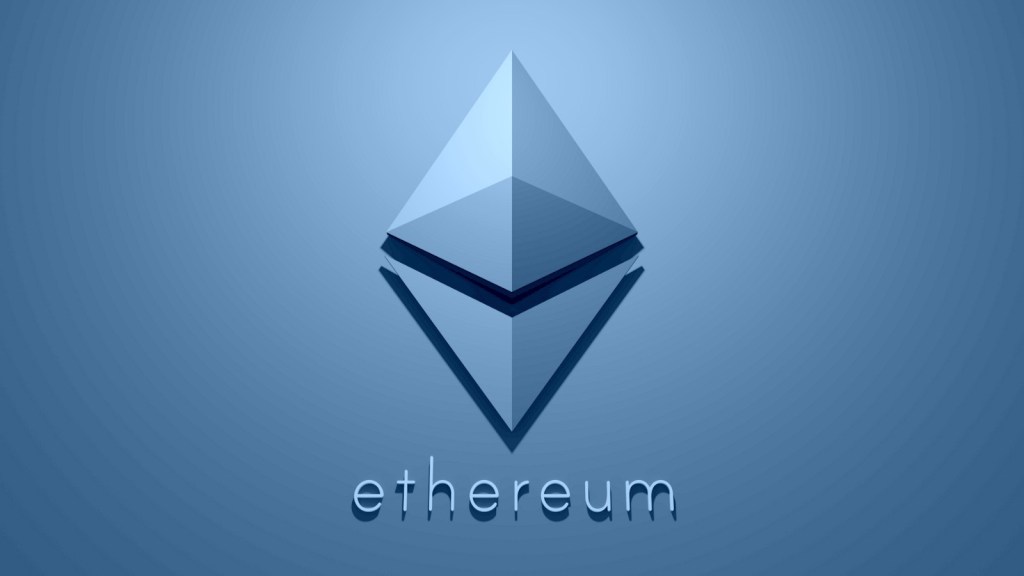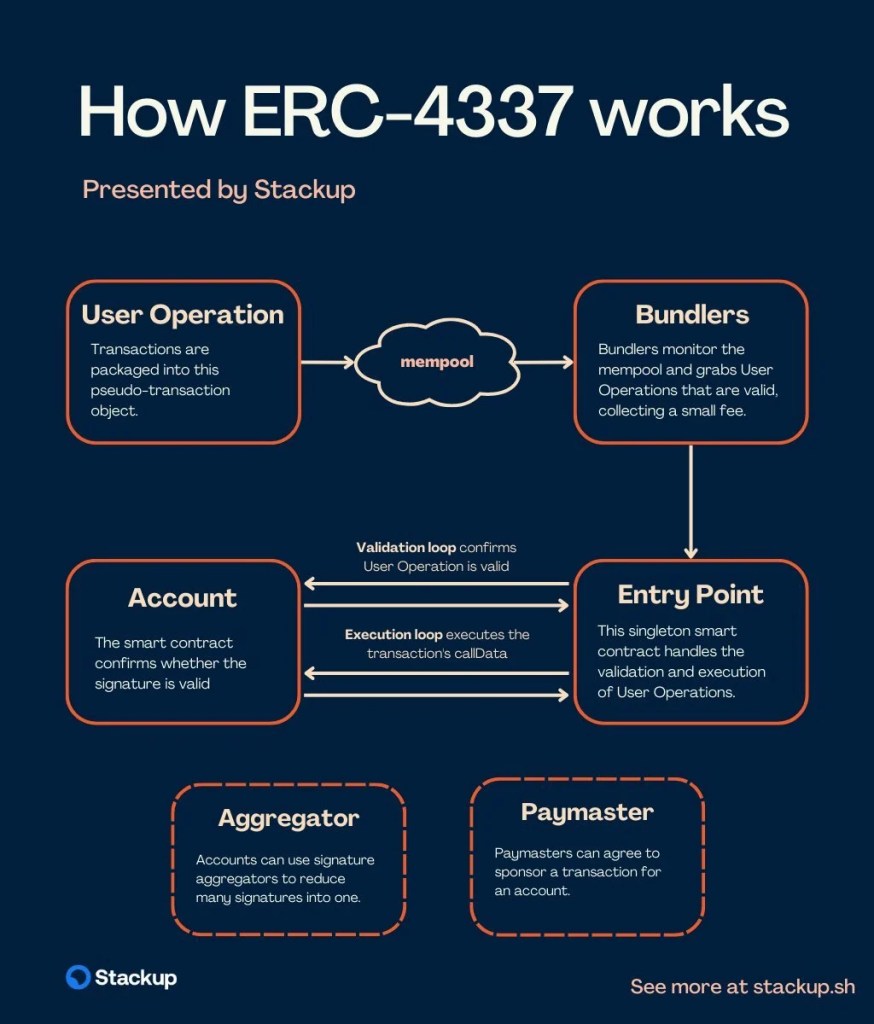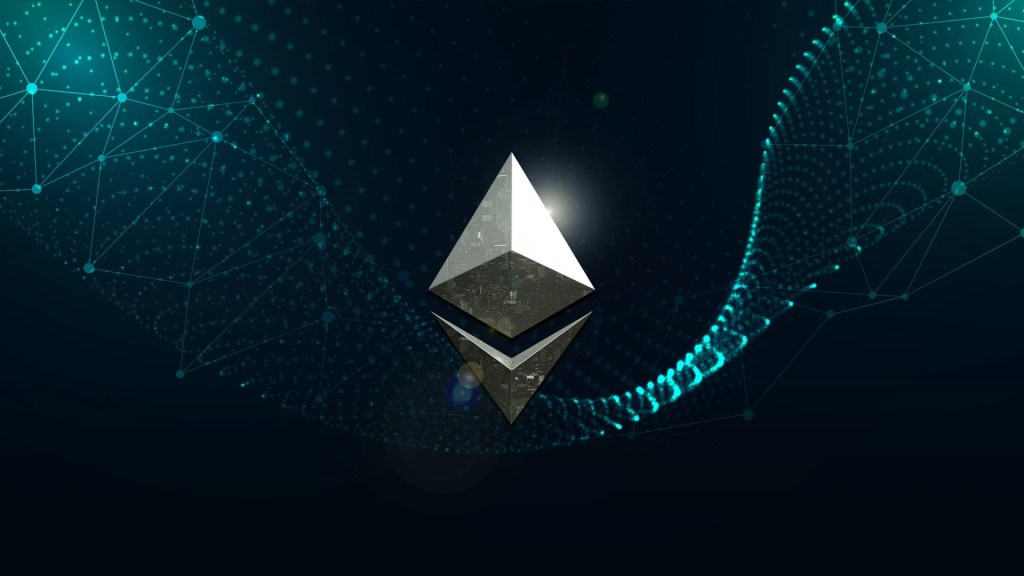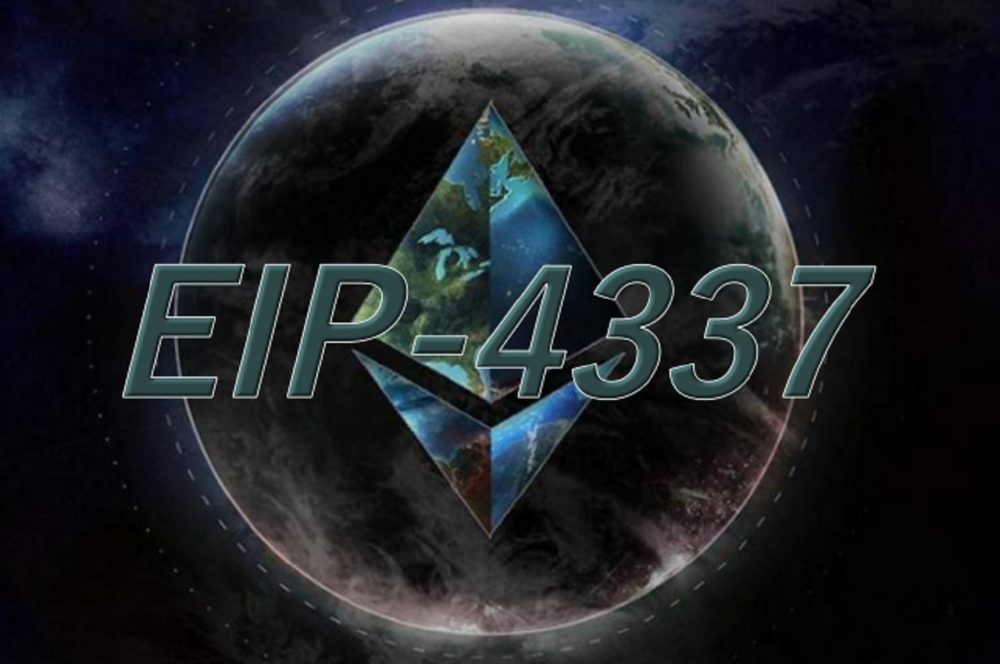With the new functionality enabled, every owner of a non-custodial Ethereum (ETH) wallet can significantly expand its functionality and secure their experience with Ethereum and EVM compatible Blockchain. For our readers, we have prepared a comprehensive guide to Ethereum-enabled EIP 4337.
EIP 4337 goes live on Ethereum: Highlights
Yesterday, on March 1, 2023, Ethereum (ETH) developers announced that the Account Abstraction mechanism included in the Ethereum Improvement Proposal (EIP 4337) has been stress tested, audited, and deployed to the mainnet. Account Abstraction, which has been in discussions since 2016, is among the most ambitious changes in Ethereum’s design. EIP 4337 has been jointly developed by the Ethereum Foundation and several successful Web3 teams and has been developed by Stackup, Biconomy, Alchemy; OpenZeppelin performed the security audit.
- It blurs the line between External Accounts (wallets) and Contract Accounts (smart contracts) and introduces a new tool in Ethereum: Smart Accounts.
- This update is critical to the security, operability and massive adoption of the Ethereum Blockchain.
- Besides Ethereum, this update is rolling out on all EVM compatible Blockchains: Polygon Network (MATIC), BNB Chain (BSC), Ethereum’s L2 networks, etc.
With EIP 4337 enabled, Ethereum users can convert their non-custodial wallets into full-stack decentralized banks. This prevents new users from losing access to their ETH wallet due to ‘seed word’ issues.

What is EIP?
Ethereum Improvement Proposals (EIPs) contain clarifications for standards on the Ethereum network. This includes key protocol specifications, client APIs, and contract standards. Major network upgrades are associated with the mainnet implementation of this or that EIP. Ethereum enthusiasts submit their offerings for discussion and review; The full approval cycle consists of eight stages. Some sophisticated EIPs have caused heated debate and have been debated for years.
EIP 20 (entry of ERC-20 tokens to Ethereum), EIP 721 (Non-Fungible Token standard) and EIP 1559 (dynamic transaction fee model with periodic token burn events) are among the most important EIPs since Ethereum’s inception.
What are EOAs and CAs in Ethereum (ETH)?
As the first Blockchain network with smart contract support (programmable Blockchain), Ethereum has two types of accounts in its design. Simply put, unlike traditional banking and payment apps, an Ethereum account is where cryptocurrency is stored. Externally Owner Accounts (or EOAs) can store cryptocurrency but cannot send transactions themselves. Users need to authorize transactions with private keys. Crypto wallets like MetaMask are textbook examples of EOAs.
In contrast, Contract Accounts are software programs that can perform financial transactions. They are controlled by code, not private keys. Smart contracts, the core elements of DeFi and NFT protocols, are ‘Contract Accounts’ (CAs) by design.
What is EIP 4337 or Account Abstraction (AA)?
EIP 4337 is an upgrade of the Ethereum network design; It is implemented as an additional layer on top of the Ethereum mainnet. Therefore, it does not need a hard fork to go live. With Account Abstraction, Ethereum users can easily turn their wallet into a smart contract and empower it with extra functionality.
‘Smart account’ is a new type of wallet introduced with EIP 4337. First of all, average users will be able to convert their accounts to multi-signature storage. This will remove the need for account holders to be responsible for private keys.
 Source: Stackup
Source: StackupThe Ethereum Foundation emphasizes that EIP 4337 will allow the results of off-chain calculations to be used on-chain. This is truly game-changing to make Ethereum feature-rich:
ERC-4337 tries to do the same as EIP-2938, but via extra protocol. Users are expected to send off-chain messages, called user transactions, which are collectively collected and packaged in a single transaction by a generator that proposes blocks or generates packages for block proposers. The bidder or creator is responsible for filtering transactions to ensure they only accept transactions that pay fees. There is a separate mempool for user transactions, and nodes connected to this mempool perform ERC-4337-specific validations to ensure a user transaction is charged before transmitting.
Since the early days of EIP 4337 operations, as explained by Stackup co-founder and vocal amplification advocate John Rising, the new functionality has a solid infrastructure history and is available on all major EVM-compatible blockchains.

How will EIP 4337 change Ethereum (ETH) forever?
EIP 4337 has already ranked among the most important and ambitious EIPs in Ethereum history. With EIP 4337 enabled, the Ethereum experience will be different for the next generation of users and developers.
EIP 4337 for security
When it comes to private key management, EIP 4337 makes it possible for various users to authorize transactions from a single account. Therefore, ETH holders can integrate their wallets with a smartphone to facilitate key management and add an extra recovery tool for their cryptocurrencies.
EIP 4337 for availability
When it comes to smart contracts, EIP 4337 paves the way for 100% ‘gasless’ contracts. Now developers can hardcode the opportunity to use this or that wallet as a source for gas payments. Previously, such a design required that all transactions be authorized with private keys.
EIP 4337 for mass adoption
All enthusiasts, advocates and developers of EIP 4337 are confident that it will make the Ethereum user experience easier for beginners. The Ethereum toolkit is getting more feature-rich than ever before. It enables more sophisticated and eccentric designs that are now impossible without ‘smart accounts’.

In conclusion: What’s next for Account Abstraction in EVM?
Therefore, EIP 4337 activation is an important milestone for Ethereum in 2023. While it may seem overshadowed by the highly anticipated Shanghai upgrade (and its economic promises) at the moment, Account Abstraction is just as important to Ethereum’s (ETH) tools as EIP 721 and EIP 1155.
By the way, this story is not over yet: cryptocoin.com Vitalik Buterin’s roadmap includes long-term goals for Account Abstraction. Forced conversion to EIP 4337 compliant accounts and censorship-resistant apps will be the next steps in AA’s Ethereum development.






